Arms Race Nutrition's growing female demographic wanted something made for them - an all-in-one female support supplement. They got that, and it's one of the most impressive women's health supplements we've seen, if not the best.
Arms Race Stabilize Hers: More than just "estrogen control"
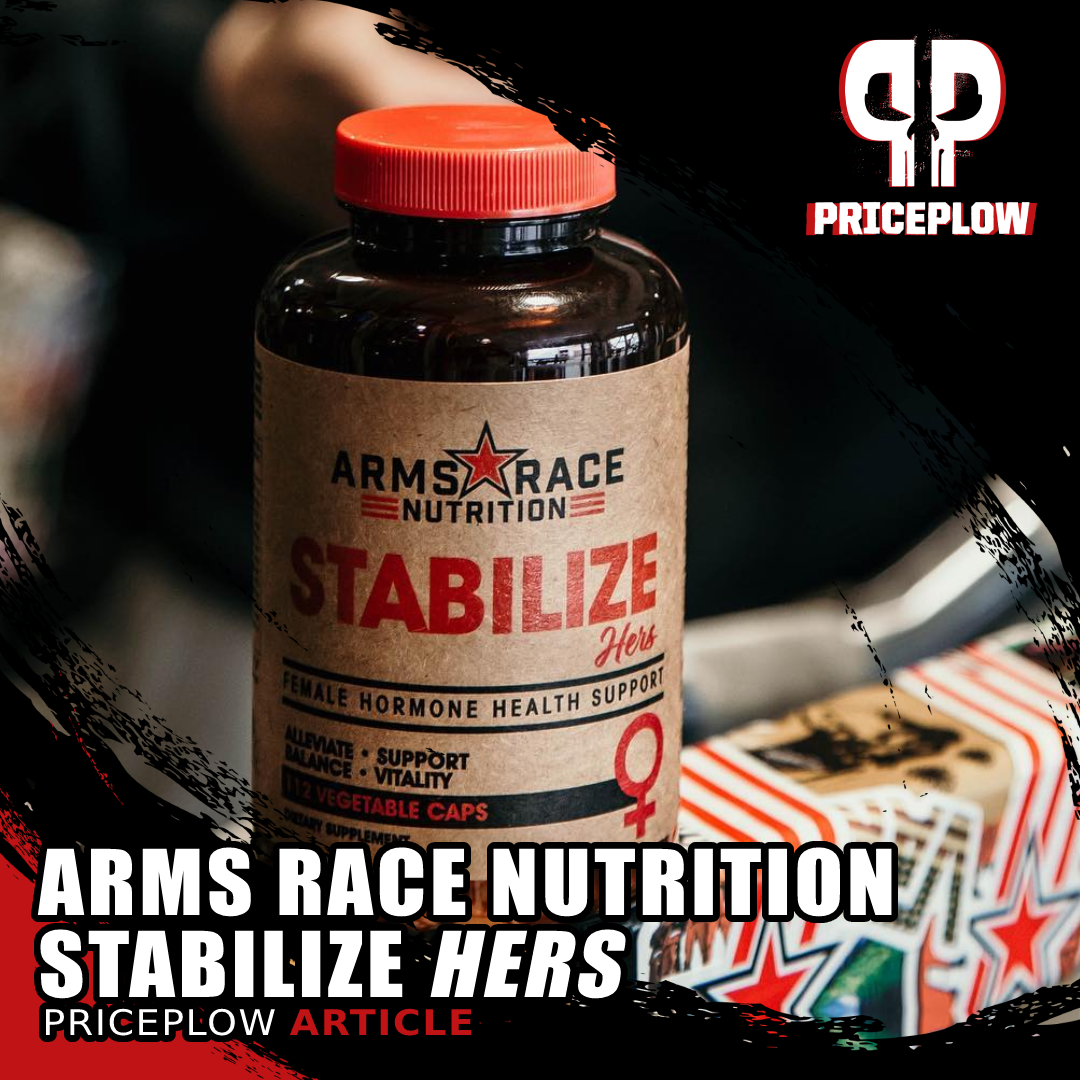
More than just estrogen balance - Arms Race Stabilize Hers is here to support women in far more ways than one!
Arms Race Stabilize Hers is a full-spectrum female support supplement, supporting far more than your average women's product. With Stabilize Hers, the following hormonal systems are targeted:
- Metabolism: Insulin and thyroid hormones
- Stress: Cortisol control
- Sex Health: Estrogen balance
- PMS and Menstrual Relief
And it includes a bit of added hair, skin, and nail support while it's at it!
Below, we cover the ingredients inside of Stabilize Hers. But if you're a man and you've found yourself on the wrong page, don't worry, we also have a similar write-up for Stabilize His.
Let's check prices and dig in:
Arms Race Nutrition Stabilize Hers – Deals and Price Drop Alerts
Get Price Alerts
No spam, no scams.
Disclosure: PricePlow relies on pricing from stores with which we have a business relationship. We work hard to keep pricing current, but you may find a better offer.
Posts are sponsored in part by the retailers and/or brands listed on this page.
Stabilize Hers Ingredients
In a single 4 capsule serving of Stabilize Hers from Arms Race Nutrition, you get the following:
-
Biotin – 300 mcg (1000% DV)
There are more hormones than just estrogen and progesterone, and Arms Race Stabilize Hers supports many of them!
Also known as vitamin B7, biotin is most notable for its role in hair, skin, and nail health – but it does some other stuff, too!
Biotin is a cofactor for the proper function of carboxylase enzymes, which are necessary for maintaining optimal mitochondrial function.[1] Using biotin, these enzymes improve:
- Glucose metabolism in the liver and kidneys[1]
- Fatty acid metabolism[1]
- Leucine hydrolysis and absorption (the branched-chain amino acid with the strongest anabolic effect)[1]
- Hydrolysis and absorption of other amino acids[1]
So, the importance of adequate biotin consumption goes far beyond the merely cosmetic. As you can see, keeping biotin levels high, especially as women age, goes a long way toward forestalling metabolic decline and perhaps even sarcopenia (skeletal muscle loss in relation to aging).
-
Iodine (as potassium iodide) – 150 mcg (100% DV)
If you're feeling run down and low on energy lately, an iodine deficiency could potentially be the culprit. Although measures like salt iodization had apparently succeeded in virtually eradicating iodine deficiency in the continental United States, health professionals have reason to believe it may be back -- recent statistics show that the problem is on the rise.[2]
Iodine is an essential mineral that's crucial for producing thyroid hormones,[3] and low iodine intake is one of the leading causes of thyroid dysfunction.[4] That's a big concern for anyone who wants to stay lean and healthy, considering that the proper thyroid function is the sine qua non of metabolic health.[5]
Unsurprisingly, iodine deficiency in pregnant women has been linked to inadequate fetal development.[6]
Factors Contributing to the Rise in Iodine Deficiency
Unfortunately, despite the fact that our food supply has been artificially fortified with iodine via iodized salt, there are a few environmental factors that compromise iodine status in today's Americans:
- Water fluoridation and chlorination: fluorine and chlorine are halogens, just like iodine, and thus displace iodine from cellular receptors[7].
- Brominated bread: Bromine is another halogen that similarly disrupts iodine functioning.
- An increase in consumer demand for sea salt, which is not fortified with iodine.
- The low consumption of kelp, seaweed, and fish in the Standard American Diet, leaving the average person with minimal iodine intake from food.
Long story short: No iodine or tyrosine, no thyroid hormone synthesis. Get enough iodine and tyrosine in!!
With the resurgence of iodine deficiency,[2] we can expect the incidence rate of hypothyroidism to increase as well, bringing with it an increase in obesity, chronic fatigue, and emotional instability.
Long story short? Supplement iodine through supplements like Stabilize Hers, your multivitamin, and dump the sea salts that aren't iodized. We're unconcerned with this being too much iodine, given that the Japanese get far more and are quite metabolically healthy.[8] If looking for an iodized sea salt, Sal Bahia is a great brand.
-
Berberine HCl – 1200 mg
When talking about hormonal stability, people all too often think about sex hormones like estrogen and stress hormones like cortisol. But what about metabolic hormones like insulin?! Arms Race Nutrition has some support for you here as well.
Berberine is an excellent glucose disposal agent, meaning that it helps the body transport it into cells, where it can be metabolized to do useful work. This is opposed to allowing glucose to accumulate in the blood, potentially causing tissue damage or insulin resistance via hyperglycemia.
The ultimate effect of berberine's removal of glucose from the bloodstream is to keep your peak blood sugar levels lower after meals[9-12] — a simple change that comes with a multitude of downstream metabolic benefits.
The primary mechanism of action by which berberine does this is activating adenosine monophosphate kinase (AMPK), an enzyme that helps shuttle nutrients into cells whenever the body demands increased energy production.[13]
The research on berberine finds that supplementation with this compound can increase insulin sensitivity (particularly in muscle tissue), inhibit gluconeogenesis in the liver, block the intestinal absorption of glucose, positively modulate gut flora, and improve fatty acid metabolism.[9-14]
Berberine is also a potent anti-oxidant and capable of decreasing inflammation.[14]
There's a lot more to say about berberine, so if you're interested in learning more, read about it at Berberine: The Best Glucose Disposal Ingredient Just Got Better.
-
Chaste Tree Extract (Vitex Agnus-Castus) (Fruit) (1.5% Agnusides) - 270mg
Here's the ingredient that really separates Stabilize Hers from Stabilize His.
Chaste tree fruit extract, sourced from the Vitex agnus-castus plant that grows naturally in the Mediterranean basin, has long been used in regional folk medicine practices to treat a wide range of ailments. Modern scientific research indicates that chaste tree extracts may be effective in relieving symptoms that accompany menopause, PMS, and infertility.[15-17] The average onset of menopause is 51, which means, for some women, the process can actually start as early as her 40s. As we all know, the list of symptoms is exhaustive and can include hits like:[15]
- Hot flashes
- Tiredness
- Dizziness
- The onset of osteoporosis
- Fat and weight gain
- Worsened mood
Combating PMS symptoms
According to a meta-analysis published in the Archives of Women's Mental Health, which examined the results of eight randomized, placebo-controlled trials, chaste tree extract is both efficacious and well-tolerated in the treatment of PMS symptoms and of premenstrual dysphoric disorder.[17]
Current research also supports the use of chaste tree fruit extract for:[16,17]
- Reducing fatigue
- Fighting anxiety and depression
- Treating migraines
- Preventing pain and cramps
- Reducing bloating
- Decreasing anxiety
- Alleviating irritability
Although chaste tree fruit extract's mechanism of action has yet to be elucidated, preliminary research suggests that it has these effects by acting on the brain's dopamine system.[15]
-
Setria L-Glutathione - 250mg
Glutathione (GSH), the body's "master antioxidant," is incredibly powerful when it comes to reducing oxidative stress and inflammation.[18] The trademarked Setria form of GSH is a unique tripeptide form that's been formulated to overcome the generally poor bioavailability of oral GSH supplements.
So what's oxidative stress, and why are antioxidants important?
Oxidative stress is caused by unstable free radicals and reactive oxygen species (ROS). These molecules are highly unstable because they contain free (unpaired) electrons, which makes them liable to react with anything they come in contact with. When the action of free radicals and ROS is not opposed by your body's antioxidant defenses, they can damage enzymes, DNA, membrane, and organelles (including the all-important mitochondria) within your cells.
Because GSH is so crucial for maintaining cell health in the face of insults from free radicals and ROS, most cells in the human body contain high concentrations of GSH.[18]
There are two forms of glutathione: reduced (GSH) and oxidized (GSSG). The oxidized form is so called because it has already used up its antioxidant capacity (an antioxidant opposes oxidation), so the ratio of GSH to GSSG within a cell is one way to measure the cell's redox potential,[18] which is basically its ability to withstand further oxidative stress.
Healthy cells should have a GSH:GSSG ratio of 100 or greater.[18] If this ratio falls below 10, the cell is at great risk of being damaged by free radicals and ROS.[18]
A Sam Sweeney Signature Series, Arms Race Nutrition Black Cherry has had rave reviews
Research shows that GSH is involved in many crucial metabolic processes, including:
- Protecting against chemical-induced oxidation
- Increasing the production of the body's endogenous antioxidants
- Removing mercury from the brain and the rest of the body
- Controlling cell division and apoptosis[18]
GSH is also crucial for optimal mitochondrial function and the integrity of mitochondrial DNA.[18] It's also responsible for detoxifying the body of many internal and external toxins.[18]
-
3,3'-Diindolylmethane (DIM) - 200mg
3,3′ diindolylmethane (DIM) is gaining popularity as a supplement due to its incredible power for normalizing hormones in both men and women.
Typically, DIM is marketed as a testosterone booster and estrogen blocker. However, this is a reductive concept of how the compound actually works. DIM doesn't block estrogen or increase its elimination from the body; it just ensures that estrogen levels stay under a proper threshold.
DIM works primarily by inhibiting the enzyme aromatase, which converts testosterone into estrogen.[19]
But besides simply reducing overall estrogen production, DIM also changes the type your body produces, increasing the ratio of "good" estrogen to "bad" estrogen. Specifically, DIM increases 2-hydroxylated forms of the hormone while decreasing the 16-hydroxylated forms.[20]
Bringing estrogen back into the right balance can help improve the following symptoms:
- Headaches
- Irregular periods
- Tiredness
- Water retention/swelling
- PMS symptoms
- Unwanted fat gain
- Anxiety (and the symptoms associated with it)
- Fibrosis
The most current scientific research on DIM indicates that it can reduce the risk of thyroid disease and hormone-dependent cancers like breast cancer, which is far more common in women than in men.[21,22] In 2016, a meta-analysis published in Nutrition Reviews showed that DIM is capable of changing apoptosis, estrogen metabolism, and the body's responses to oxidative stress.[22]
-
Shoden Ashwagandha Extract (std. Min. 35% withanolide glycosides) – 120 mg
Ashwagandha has been used for thousands of years to treat an incredibly wide range of ailments. The breadth of ashwagandha's efficacy has to do with the non-specific nature of its effects, which, as modern scientific research has recently confirmed, are rooted in its ability to normalize the stress response. It isn't that ashwagandha merely decreases the stress response – it actually decreases the stress response when it's too high, and increases it when it's too low.
Ashwagandha has been validated in many research settings as an effective tool for the management of both physical and mental stress.[23-26]
Ashwagandha helps regulate our brain's hypothalamic-pituitary axis (HPA),[23] which is the metabolic pathway responsible for synthesizing cortisol and other stress hormones.[23] As an aside: By getting high cortisol levels under control via HPA modulation, ashwagandha can raise testosterone levels in many men who take it.[23]
Double-blind, randomized, placebo-controlled studies of ashwagandha extracts have consistently found that people who take ashwagandha have lower subjective feelings of stress.[24-26]
Chronically high cortisol is associated with obesity,[27] so if you're trying to stay lean, a quality ashwagandha supplement can probably help you out a lot.[27]
Ashwagandha (blue line) reduces anxiety quickly and dramatically, especially when combined with relaxation techniques (pink control line).
PricePlow covers ashwagandha pretty frequently, but of the many extracts we've scrutinized, the Shoden extract is our favorite because it has such a high concentration of withanolides, which is arguably the most important bioactive constituent of the herb.
Shoden contains about 35% withanolides by weight,[23] which is a huge number considering that the ultra-popular KSM-66 extract only has 2.5% to 5% withanolides.
In one 2019 study, people who took the Shoden extract, specifically, had significantly lower levels of cortisol and significantly higher levels of dehydroepiandrosterone sulfate (DHEA), a steroid hormone with "youthful" effects whose production declines sharply as we get older.[23] The Shoden group reported better moods and lower levels of stress and anxiety.[23]
-
Magnesium (as TRAACS Magnesium Bisglycinate Chelate) - 75 mg (17% DV)
Don't miss the added magnesium in Stabilize Hers! Arms Race Nutrition finishes the formula with a highly-bioavailable form in magnesium bisglycinate chelate, and while we don't have a monstrous dose here, it can absolutely help get you closer to your goals. Our diets and foods have become incredibly magnesium-poor,[28-33] and magnesium deficiency is hard to detect,[28,34] but easily felt in terms of fatigue, insulin resistance, and poor cardiovascular health.
The average amount of calcium, magnesium, and iron in vegetables like spinach, lettuce, cabbage, and tomatoes has plummeted as much as 80–90% since 1914.[28] Sadly we have to supplement it back in.
As a co-factor for over 300 enzymes, magnesium plays a near-countless role in human health, including blood glucose control, energy production, blood pressure regulation, and far more.[35] When deficient, migraines, hypertension, cardiovascular disease, type 2 diabetes, and osteoporosis are far more common.[35]
The good news is that this can be easily combated with supplementation. One study showed that magnesium can help reduce PMS symptoms![36]
However, not all magnesium ingredients are built equal. Arms Race Nutrition wisely chose to use magnesium bisglycinate chelate (as TRAACS), which is magnesium bound to the amino acid glycine. Our intestines aren't great at absorbing minerals, but they are great at absorbing amino acids -- so this helps get more mineral into the bloodstream to be broken down from there.
Speaking honestly, we still suggest at least a bit more magnesium from supplements - perhaps another magnesium capsule or tablet that provides around 40-50% DV. Our food sources have become so inadequate that we should be supplementing nearly 100% of the suggested total intake.
Dosage and Instructions
Per the label, take two capsules with your first meal of the day, and two capsules with your second meal.
Since Stabilize contains berberine, you could even take them up to 15 minutes before your meal to get the glucose disposal mechanism primed.
Conclusion: Stabilize Hers Covers Multiple Hormone Systems
When we think about "hormones", we think about estrogen and progesterone. That's actually just one part of the equation, however, and there's far more to support in women's health.
Supporting thyroid hormones, cortisol, and insulin, Arms Race Stabilize Hers makes an impressive case for the market's best overall female support supplement. It's not just about sex hormones -- after all, if your metabolism isn't functioning well due to chronic stress, iodine deficiency, and/or insulin resistance, "estrogen balance" may be the least of your worries.
The inclusion of chaste tree extract is added icing on the cake, and the biggest difference-maker between the Stabilize His and Stabilize Hers versions.
We live in stressful times, and supplements like Stabilize Hers can cover a lot of bases in fewer capsules than you'd expect, thanks to Arms Race's wise formulations.
You can also see our article on Stabilize His on the PricePlow Blog.
Arms Race Nutrition Stabilize Hers – Deals and Price Drop Alerts
Get Price Alerts
No spam, no scams.
Disclosure: PricePlow relies on pricing from stores with which we have a business relationship. We work hard to keep pricing current, but you may find a better offer.
Posts are sponsored in part by the retailers and/or brands listed on this page.
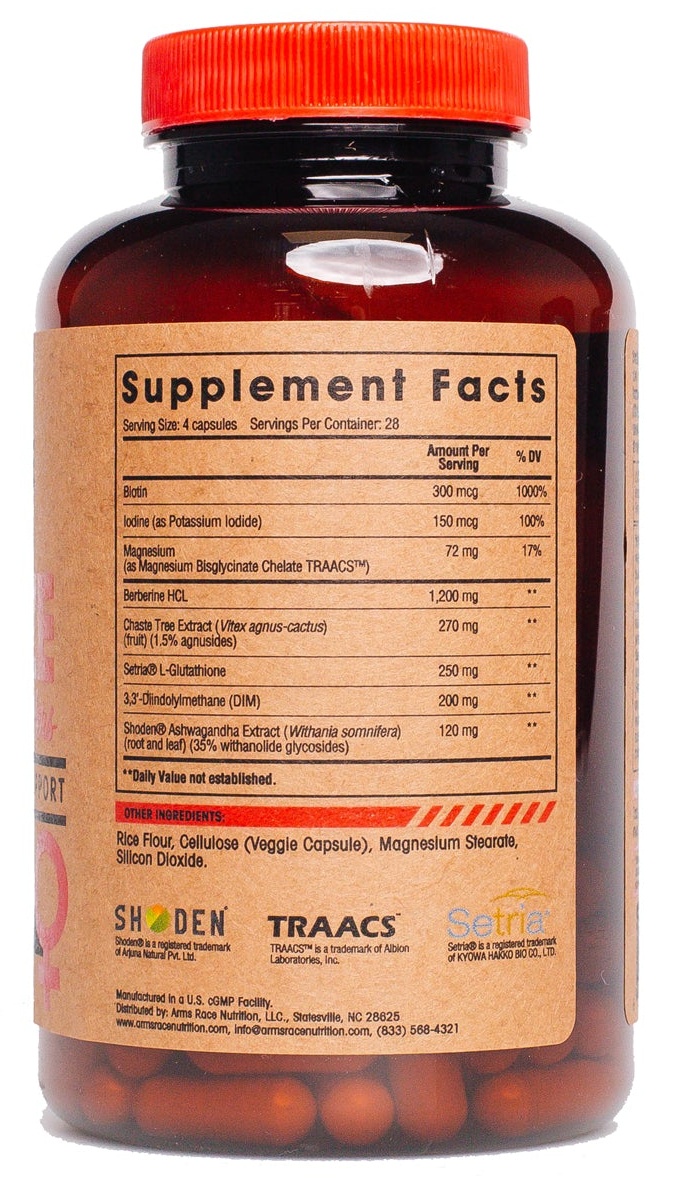
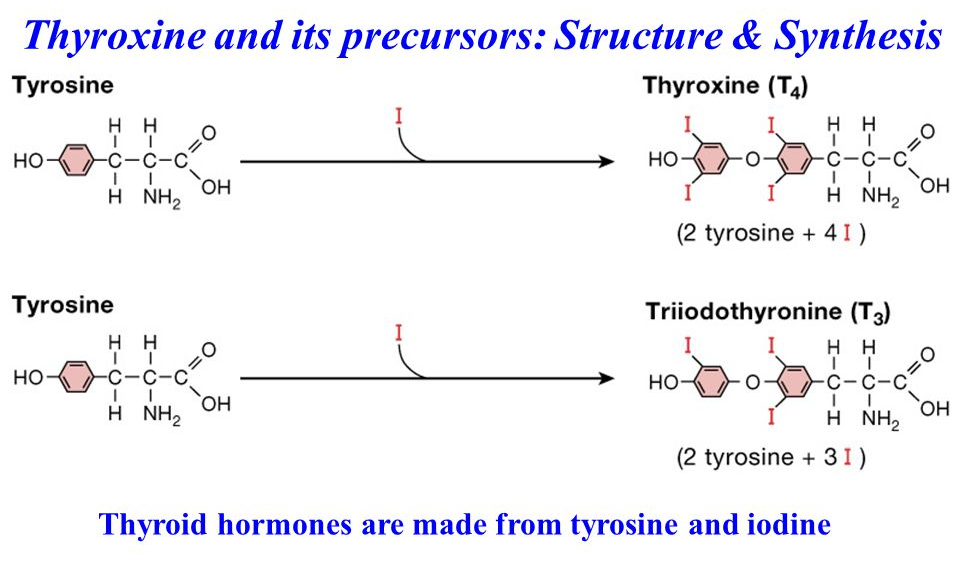
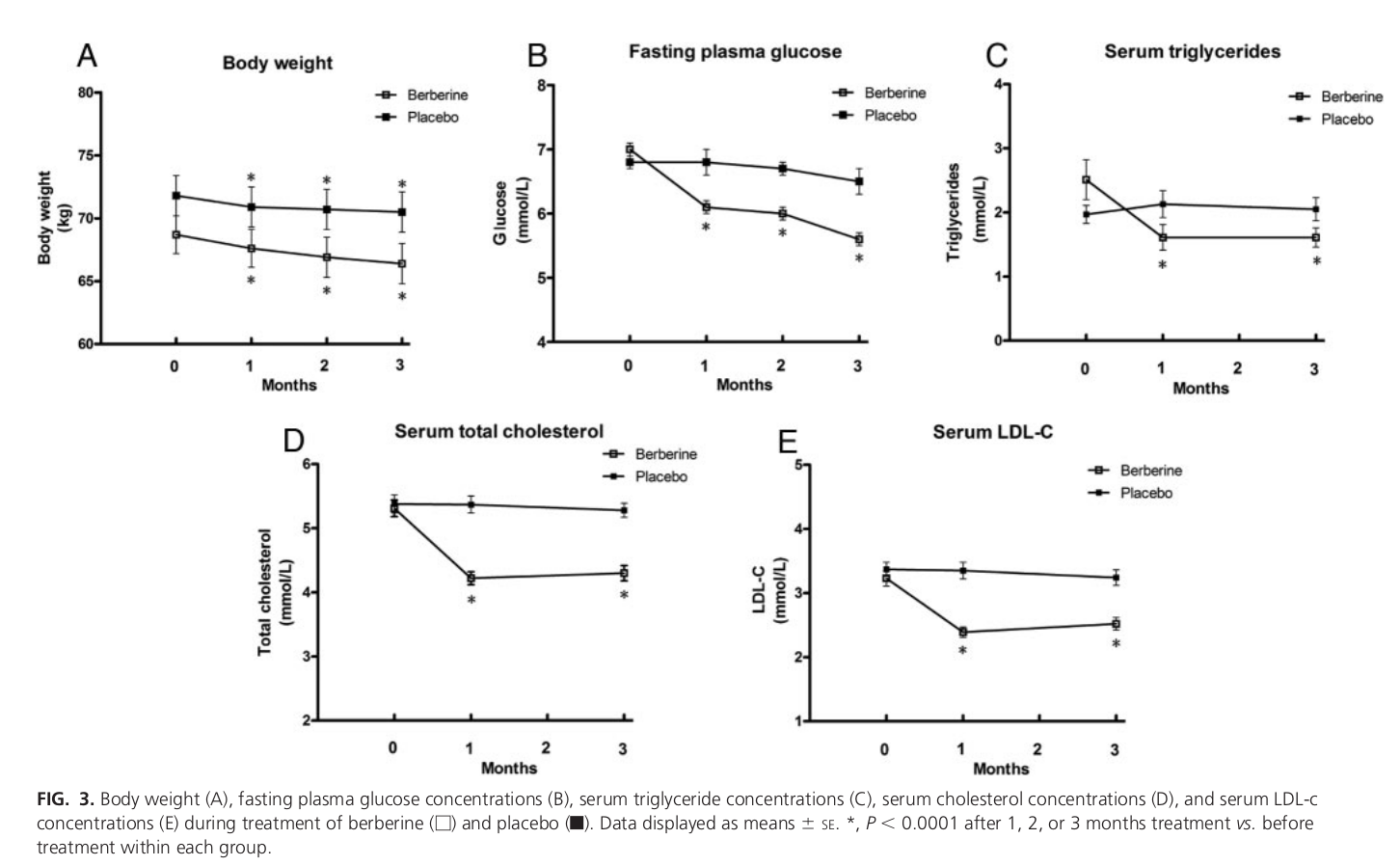
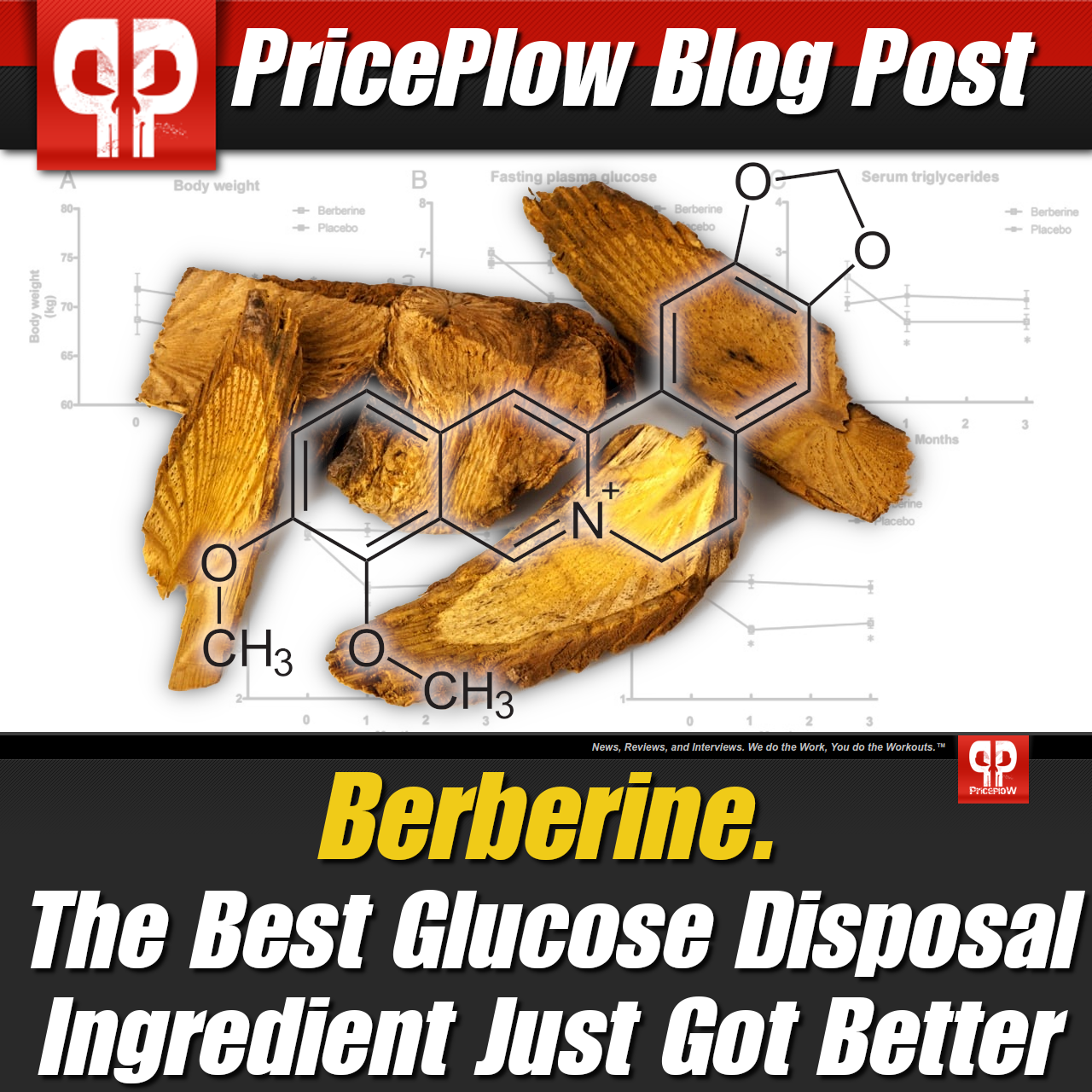
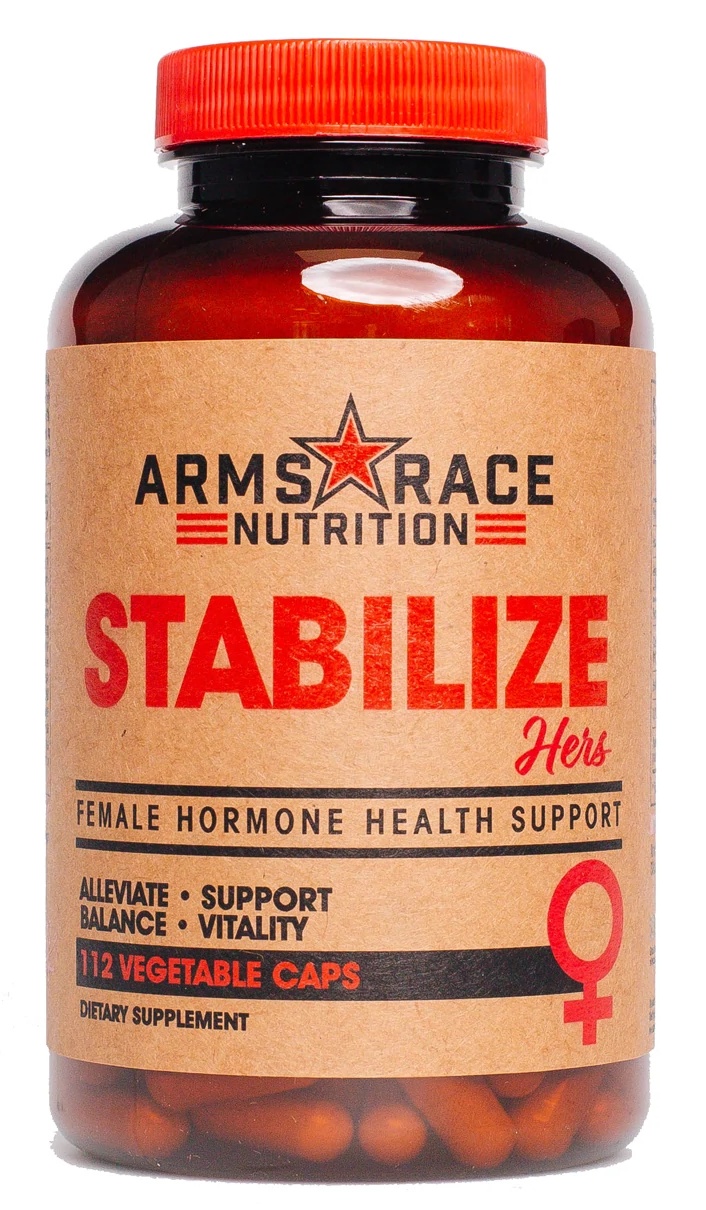
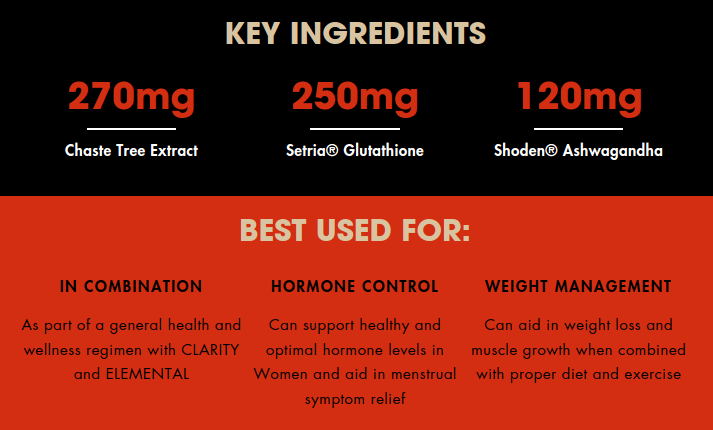

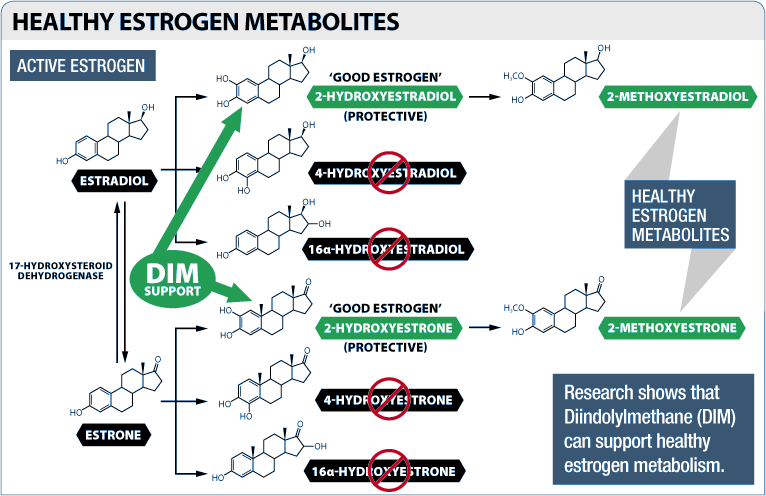


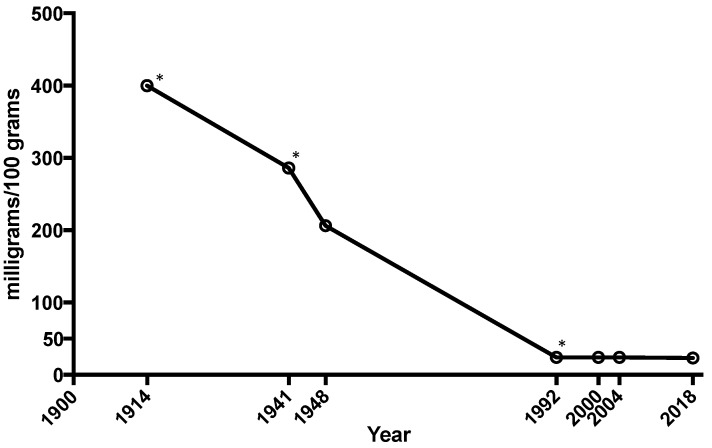
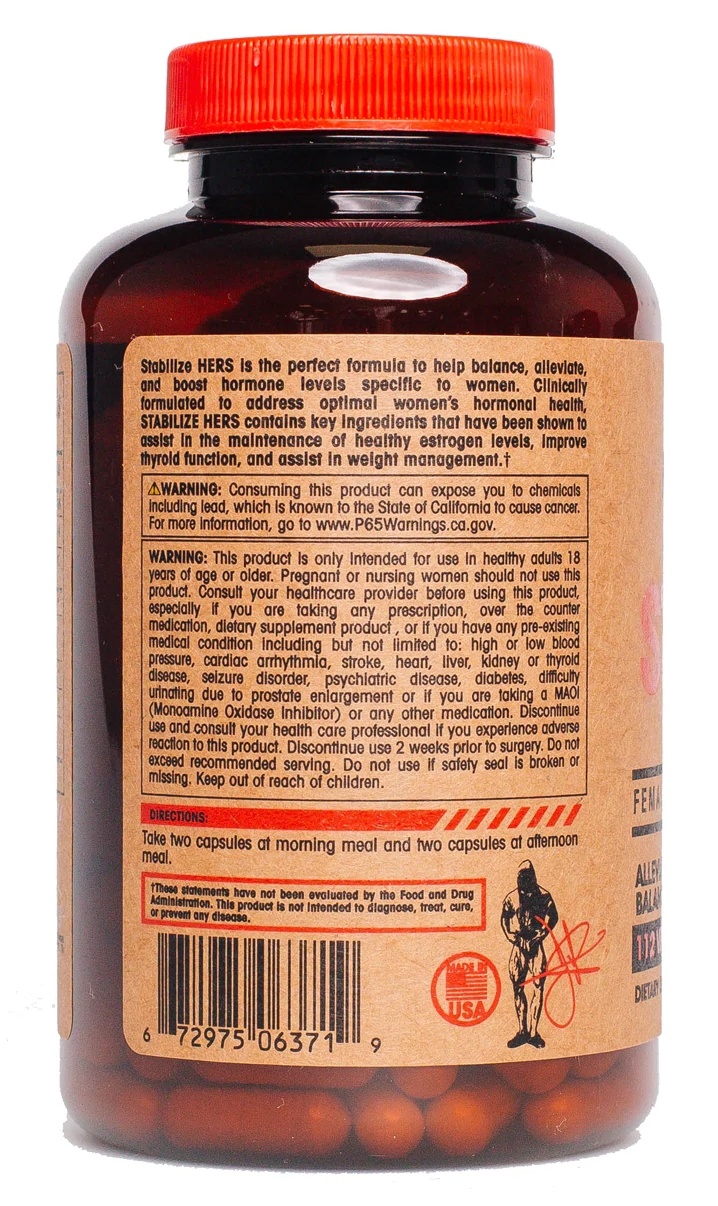


Comments and Discussion (Powered by the PricePlow Forum)